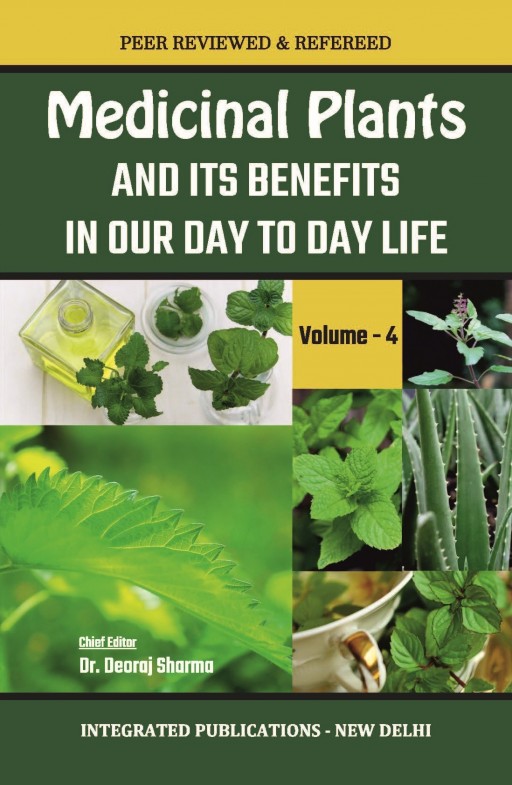Health Benefits and uses of German Chamomile


The name "chamomile" is Greek for "Earth apple". Chamomile is documented for its medicinal properties. It is a herb plant with medicinal properties and is one of the most ancient medicinal herbs known. It is a member of Asteraceae family. It has two common varieties which are, German Chamomile and Roman Chamomile. Chamomiles contain chemicals called as flavonoids and terpenoids, contributing towards the medicinal properties of German Chamomile. It has antioxidants called apigenin, which has the ability to bind with the brain cell receptors, reducing anxiety and inducing sleep. Hence, it is commonly regarded as a mild tranquilizer. Chamomile is very commonly used for aroma therapy and in herbal tea preparations (McKay DL and Blumberg JB, 2006). These Chamomile preparations are used for the treatment of different human ailments such as hay fever, inflammation, muscle spasms, ulcers, menstrual disorder, gastrointestinal disorder, rheumatic pain, hemorrhoids, insomnia, inflammation and wounds. Many researches are happening on this medicinal herb and a few of them indicates that the pharmacological effect of this herb is specially associated to its essential oils (Lawrence BM, 1987). Essential oils of chamomile are used extensively in cosmetics and in aroma therapy. German chamomile are often directly applied to the skin for hemorrhoids; breast soreness; leg ulcers; pressure ulcers; allergic skin irritation; and bacterial skin diseases, including those of the mouth and gums. It is also used for treating or preventing damage to the inner side of the mouth caused by chemotherapy or radiation. Chamomile is also used to treat skin breakdown around colostomy appliances and skin rash. Inflammation (swelling) and irritation of the respiratory tract and the common cold can be treated by the kind of herbs that can be inhaled.